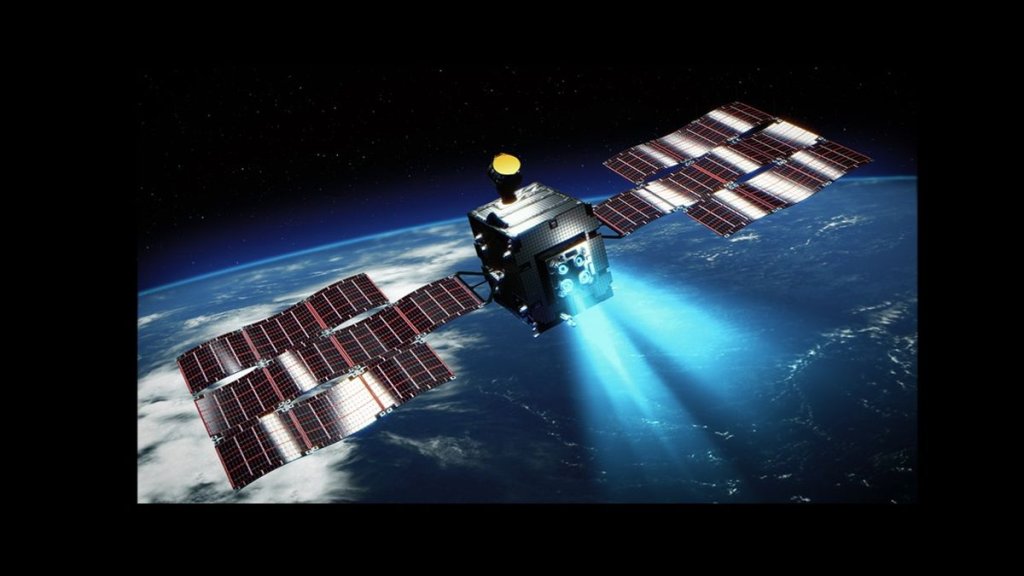A Japanese mission that will study the parent body of a famous meteor shower will have to wait a bit longer to get off the ground.
DESTINY+, an acronym constructed from “Demonstration and Experiment of Space Technology for Interplanetary Voyage, Phaethon Flyby and Dust Science,” will study the asteroid 3200 Phaethon — the parent of the Geminid meteor shower — and interplanetary dust.
The Japan Aerospace Exploration Agency (JAXA) mission was due to launch next year, but the agency has now confirmed that it will be delayed into 2025 due to issues with the development of the Epsilon S rocket, Kyodo News reported on Oct. 27.
Related: Geminid meteor shower 2023: When, where & how to see it
Epsilon S is a planned successor to the Japanese Epsilon solid-fuel rocket. A rocket engine related to the new launch vehicle exploded during testing in July, forcing the delay.
3200 Phaethon is a curious near-Earth object, exhibiting characteristics similar to both asteroids and comets. This makes it both an unusual source of a meteor shower and also a target of significant scientific interest. The irregular, 3-mile-wide (5 kilometers) chunk of rock made a relatively close approach to Earth in 2017. It is the source of the Geminids, which rain down upon Earth’s atmosphere every December.
The DESTINY+ spacecraft will launch from Uchinoura Space Center (USC). The 1,060-pound (480 kilograms) spacecraft will enter an initial elliptical Earth orbit. It will carry four ion engines to power its journey through space once it separates from the launch vehicle, using a lunar swing-by to accelerate it into deep space. It will also use thin-film lightweight solar array panels.
DESTINY+ will make a flyby of Phaethon, using telescopic and multiband cameras to survey the surface of the asteroid. The flyby, at a distance of 310 miles (500 km) and a relative speed of around 74,000 mph (119,000 kph), was expected in 2029, but JAXA has not provided a new date for the close approach.
The spacecraft will also conduct in-situ analysis of interplanetary and interstellar dust using the dust analyzer, developed under the leadership of the University of Stuttgart and supported by the Germany space agency DLR (“Deutsches Zentrum für Luft- und Raumfahrt”), JAXA says. The aim is to assess whether extraterrestrial dust particles and associated organic compounds arriving on Earth played a role in the creation of life on the planet.
JAXA says the mission will also demonstrate technologies such as its solar arrays and electric ion propulsion that will enable future low-cost and high-frequency deep space exploration.

